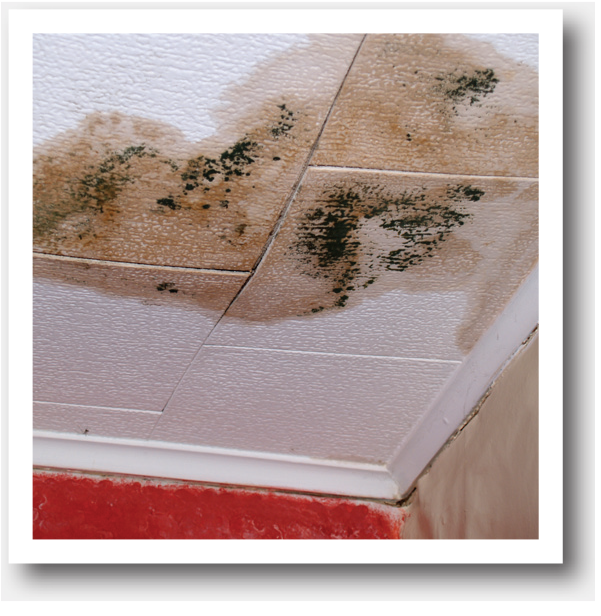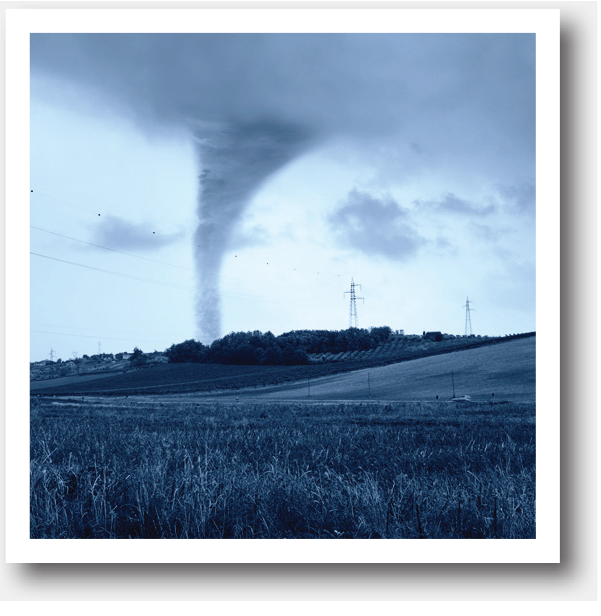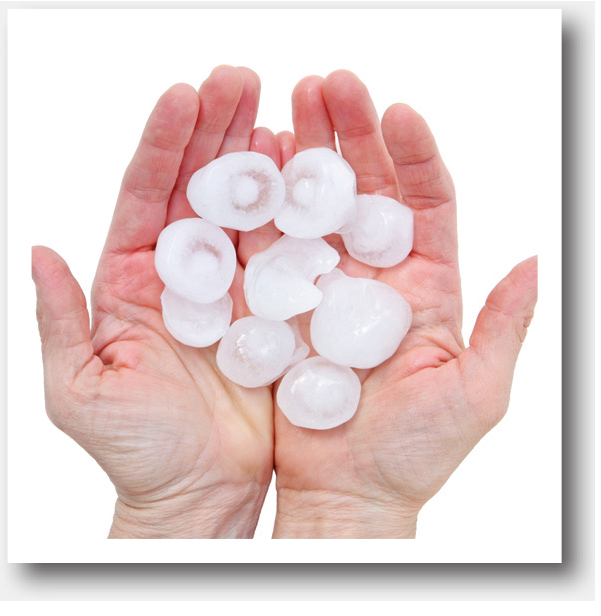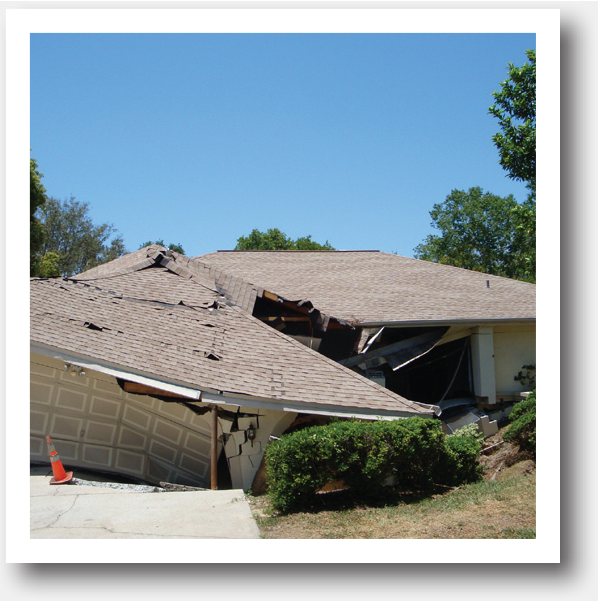TYPES OF LOSSES

Hurricanes
Hurricanes can be one of the most devastating of all the natural disasters. A single hurricane can affect thousands of people and several states at one time. A hurricane can strain the resources of the federal government, state and local governments and insurance companies. The insurance policy for the dwelling will cover almost all types of damages associated with a hurricane except rising water or flood, including storm surge. In most cases, rising water or flood coverage would have to be purchased under a separate policy through the National Flood Insurance Program backed by the federal government. Typical damage associated with a hurricane would include roof damage, exterior damage, and interior damage from water entering the structure from the top down. In most cases, Hurricane coverage is subject to a special deductible noted in the property insurance policy.

Fire
Damage caused by fire can be widespread or contained. Damage associated with a fire loss can come from the fire itself, heat, smoke or damage from water used to extinguish the fire. Regardless of the source of damage, a fire can be extremely devastating. Determining the extent of damage can be exhaustive and critical to insure full recovery. As for content coverage, documentation is crucial to the claiming and recovery of the content portion of the home owner’s insurance policy.

Water
There are three categories of water – Clean Water, Gray Water, and Black Water. Clean Water is water straight from a source such as an appliance, supply line or weather precipitation. Gray Water is typically the result of an overflow from a toilet, washing machine or dishwasher. Black Water is water that has spent time away from its source and has become contaminated. Damage by these three types of water is different and coverage under the dwelling policy can vary. Differentiating the coverage can be critical to a successful recovery. Preferred Public Adjusters will discern the difference and the extent of damage to maximize coverage.

Windstorm or Tornado
Damage caused by wind or the destruction caused by a tornado can vary considerably. We all know the extensive damage that can be caused by a tornado. However when it comes to a windstorm, the damages can be hidden and less obvious. Damage from wind can include lifted shingles or tiles on the roof, scarring from debris on the exterior and structural stress to the dwelling. Damage from a wind can be latent and not discovered for several months or years. Because there are policy time frames, statutes of limitations and post loss obligations to “timely” report the damage, Preferred Public Adjusters strongly encourages policy holders to have their property inspected after such events.

Flood
Flood, as defined by the National Flood Insurance Program (NFIP), is a “general and temporary condition of partial or complete inundation of normally dry land areas from overflow of inland or tidal waters or the unusual and rapid accumulation of runoff by surface waters from any source.” Typical homeowner insurance policies do NOT cover flood. This coverage must be obtained through the National Flood Insurance Program backed by the federal government. In the event of a flood loss, as with any loss, it is very important to be well documented for content coverage. Preferred Public Adjusters strongly suggests that you inventory your content and back it up with purchase receipts, pictures and or video.

Hail
Effects of hail on dwellings will vary depending of the severity and size. Hail storms are typically associated with thunderstorms which most often occur in the spring and summer seasons. Hail will damage roofs, siding, gutters, condensers, awnings and most soft metals or materials on the exterior dwelling or buildings. Damage to shingle type roofs are the most common and result in the biggest proportion of a claim expense to the insurance company. There have been extensive conversations and debate about the effects of hail as it relates to functional damage versus esthetic damage. As with all coverage issues, the language of the policy will determine if there is coverage. Preferred Public Adjusters will assess this damage and determine if coverage is afforded within the insurance policy.

Sinkhole
The dictionary defines a sinkhole as a depression in the earth’s surface caused by dissolving of underlying limestone, salt, or gypsum. Evidence of potential sinkholes can be growing cracks in sidewalks, driveways or parking lots. Signs of sinkhole damage to a dwelling or structure could be doors that jam or won’t shut, windows that stick or jam, or growing cracks in walls, concrete floor slab or tile floors. As for the State of Florida (a state that experiences the most sinkholes), there is a specific procedure that must be followed in order to file a claim and recover damages. It is strongly suggested that a professional familiar with this process be retained or consulted prior to initiation of a sinkhole claim.